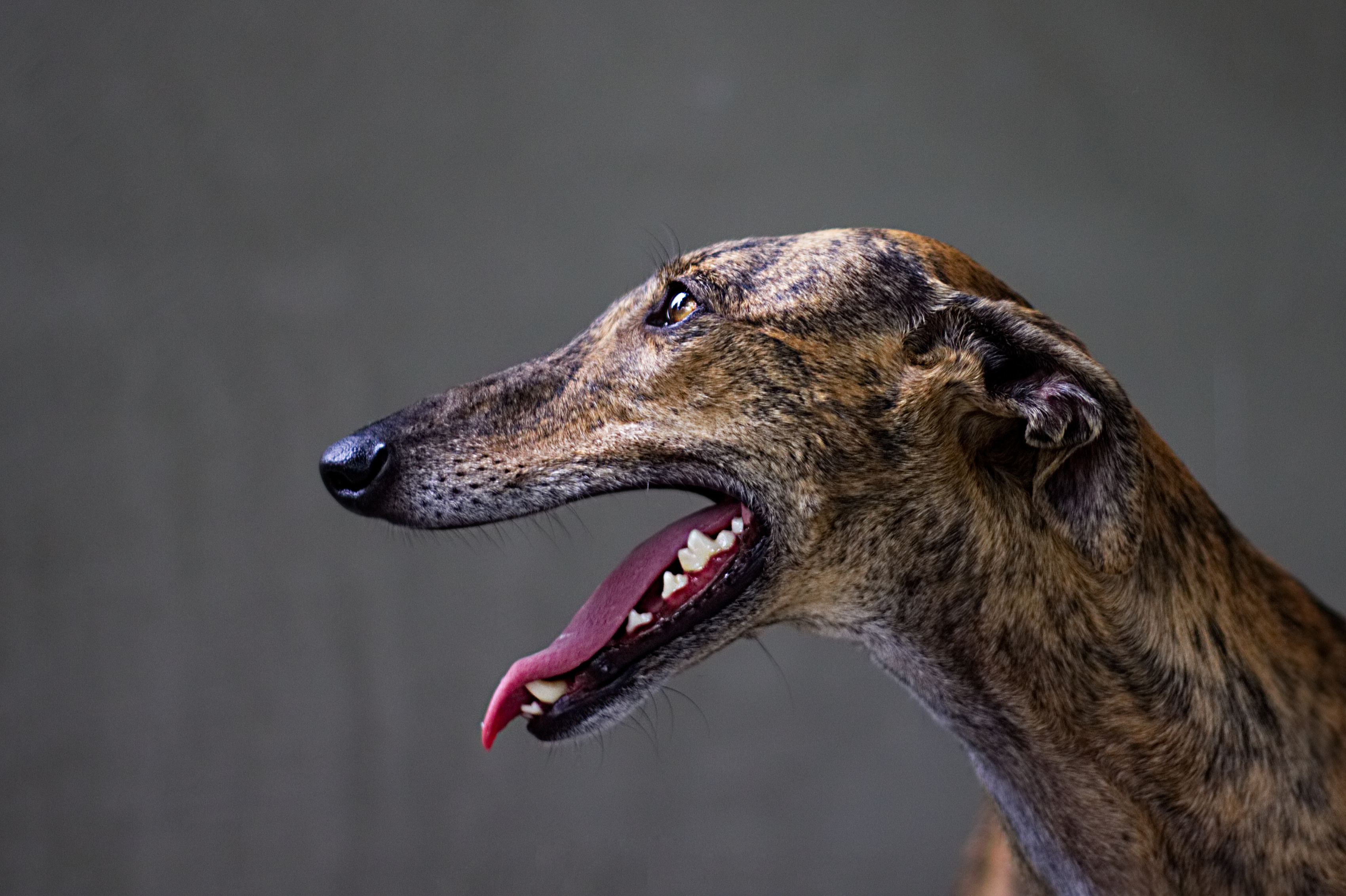Influences on Infrared Thermography of the Canine Eye in Relation to the Stress and Arousal of Racing Greyhounds
Abstract: Infrared thermography (IRT) can be used to identify stressors associated with greyhound racing procedures. However, factors unrelated to stress may influence measurements. Validation of an eye side (right or left) and a reference point on the eye is required if IRT is to be standardized for industry use. Infrared images of greyhound heads (n = 465) were taken pre-racing and post-racing at three racetracks. Average temperature was recorded at seven different locations on each eye. A multivariate analysis model determined how several factors influenced eye temperature (ET) pre-racing and post-racing. As expected, ET increased after racing, which may be attributed to physical exertion, stress and arousal. The right eye and lacrimal caruncle had the highest sensitivity to temperature changes and could be considered reference points for future studies. Additionally, dogs that raced later had higher ET, and Richmond racetrack had the lowest pre-race ET, but the highest post-race ET. This may suggest that arousal increases as the race meet progresses and certain track attributes could increase stress. Furthermore, ET increased as humidity increased, and higher post-race ET was associated with light-colored, young and low-performing dogs. Environmental and biological factors need to be considered if IRT is to become accurate in the detection of canine stress and monitoring of greyhound welfare.
Reference: Belle Elias, Melissa Starling, Bethany Wilson, Paul McGreevy. (2021) Animals (Basel) Jan 6;11(1):103
|
Interested in learning more about thermal imaging? Request a demonstration with Digatherm and discover how veterinary thermography can help you find problem areas faster and easily monitor treatment progress. |

